Landscapes can have a magical impact on people. Depending on the location, a landscape may instill a feeling of serenity or natural turmoil; it might imply lush development or continuous erosion; green with life or dim, gray, and lifeless. A talented photographer can leverage these features to create pictures that are simultaneously captivating, poignant, and beautiful.
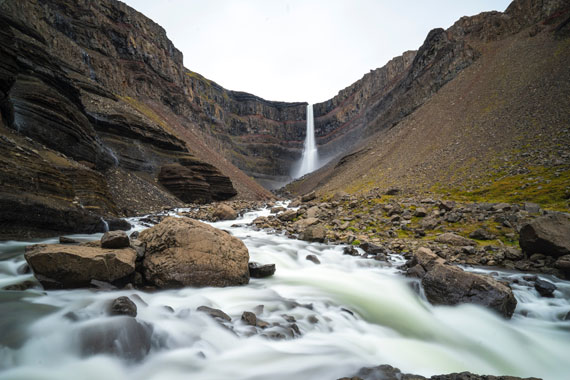
Photo captured by Gianluca Bei
However, this seldom occurs by chance.
In this post, we’ll provide five tips that can bring essence to your landscape photography. Several of the following suggestions may appear instinctive while some might be unexpected. In the long run, you’ll have the ability to utilize these tips to create landscape pictures that seize the curiosity of your audience.
1. Use A Tripod to Eliminate Camera Tremble
In order to catch a broad, deep portion of the landscape, you’ll want to employ a smaller aperture to improve your depth of field. A smaller aperture generally requires a longer shutter speed to make up for a reduction in light. But a lengthier shutter speed can make camera shake more probable, which leads to blurring. Use a tripod to eliminate the issue.
2. Use the Foreground as an Intro to the Photo
Suppose your shot comprises of a field of gaily-hued blossoms in the front with snow-capped hills etched into the backdrop. One approach to bring your audience into your photo is to use the foreground as an intro.
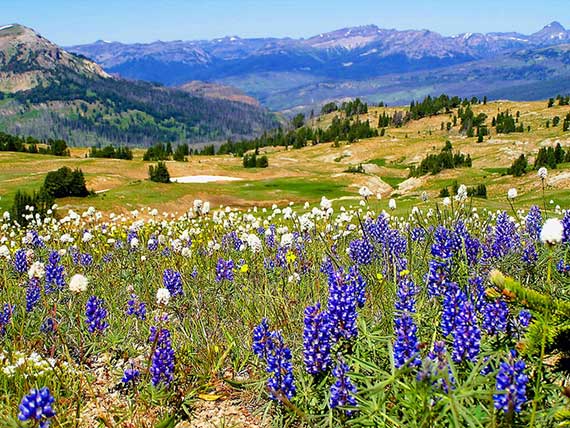
photo by Forest Service Northern Region
For example, place your camera lower so the flowers are shot up close at eye level. The field will stretch into the distance toward the mountains in the background to generate a graphic experience that makes it simpler for your audience to work with your scenery.
3. Use Depth of Field
If you’re an experienced shooter, you might need to play with a much more shallow depth of field to generate unique effects. That said, amateur photographers should select as deep a depth of field as possible when shooting landscapes to permit objects at varying distances from your camera to enter into focus.
As pointed out previously, think about utilizing a tripod since a smaller aperture normally needs a lengthier shutter speed.
4. Show Action
Landscape photography is typically thought of as capturing stillness. However, you can bring a unique result to your pictures by capturing particular kinds of surroundings in a way that implies movement. For instance, water lapping a close-by shore, trees swaying in a soft wind, a group of gulls slicing lazily through the air. These components animate your pictures. They attract the individual seeing the picture to the scenery’s action.
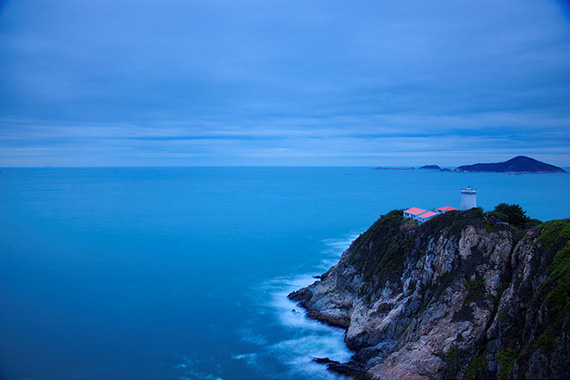
photo by tommy@chau
5. Integrate the Sky, Clouds, and Sun
The atmosphere may make your pictures sparkle. In fact, if you allow additional components of your landscapes to command the top part of your photo, the end result may be less than fulfilling to your viewers. The key is to make sure there are contrasting features that draw the eye.
For instance, strips or teams of clouds may split an otherwise clear blue sky. The clouds add flavor.
If you’re photographing near dusk, a setting sun can splash colored light. Splotches of red and yellow thrown through a light cloud cover can generate startlingly beautiful photos.
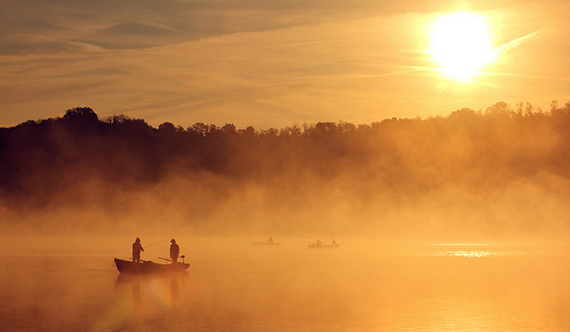
photo by Paolo Terraneo
Photographing landscapes is an opportunity to present the environment in a manner that draws your audience into your arrangement. Many photographers—both beginners and pros—squander the occasion.
Employ the tips above to introduce elements into your photos that show nature at its most exciting and stunning.
About the Author
PosterBrain’s only passion is printing posters (and, for some reason, hair). They have searched the world for the finest paper, printers, and inks to give you an incredible artwork experience.
Like This Article?
Don't Miss The Next One!
Join over 100,000 photographers of all experience levels who receive our free photography tips and articles to stay current:

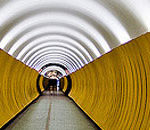
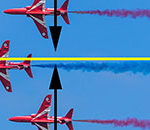



I really like ‘Foggy Morn’, super shot. Love the colours in the foreground! Some good tips here.
Not to pile on too much. But, for the 40+ years I have been photographing them, the Teton front range has been facing East. The light in this image is coming from in front of the mountains. So, the image presented should be titled “Sunrise Tetons”. I also agree about over-processing. Photoshop is no substitute for talent.
Great tips. I’m guilty of having nice shots with uninteresting skies sometimes. But would always comply with the other tips !
@swam I agree, too much Photoshop ruins rather than enhances. That photo looks overly processed & that is what I see.
images are good but “sunset tetons” is good.
sky color and the water color does not match,
if they did it wood be great image.